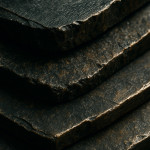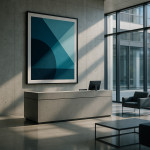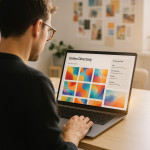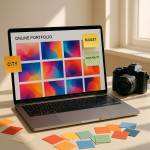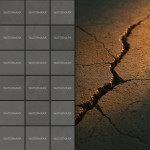From Wall Art to Web Banners: Pricing Large-Scale Abstract Photo Licenses Fairly
Unsure how much to charge when a client wants your abstract photograph on a lobby wall, a billboard or a global web banner? This guide breaks down the variables, benchmarks and negotiation moves that lead to a fair large-scale abstract photo license—protecting both the artist's revenue and the buyer's ROI.
Why scale and usage change everything
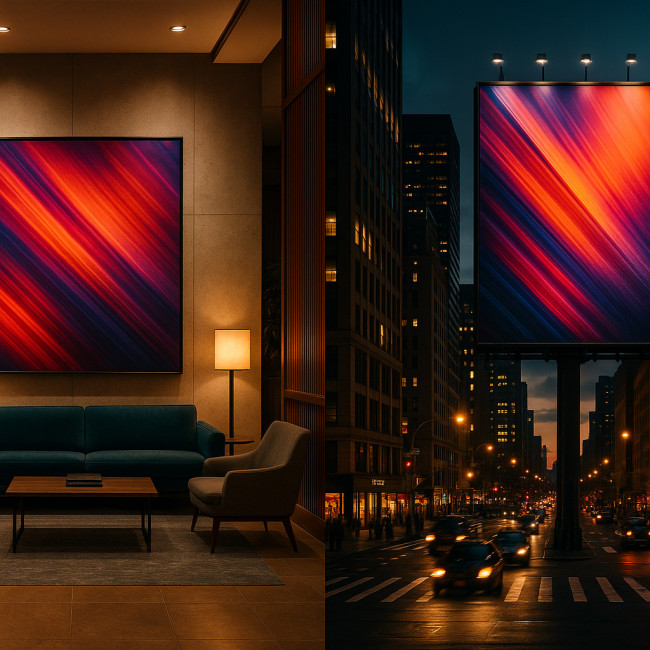
Licensing an abstract image for a premium canvas print in a boutique hotel is worlds apart from granting rights for a multinational banner campaign. Size, exposure and exclusivity amplify the image's impact—and its price tag. Smart pricing aligns the fee with the value the client receives while sustaining the photographer's creative business.
Key variables that drive abstract photo license fees
Physical size: from gallery wall to skyscraper wrap
A 90 × 60 cm framed print commands a different fee than a 15-metre façade wrap. Bigger surfaces increase visibility, production costs and potential resale value for the client. Most pricing calculators tier fees at set size breakpoints—commonly small (<1 m²), medium (1–5 m²), large (5–25 m²) and monumental (>25 m²).
Digital reach: impressions, geography and duration
Online, “size” translates into audience volume. A web banner shown only on a local landing page costs less than the same banner on a worldwide homepage rotation. Factor in:
- Impressions (estimated views or clicks)
- Territory (local, regional, global)
- Flight length (days, months, perpetual)
Exclusivity and edition limits
Abstract art buyers often crave uniqueness. A limited edition print run or exclusive digital license can multiply the base fee by 1.5- to 3-fold. Publish clear edition caps and renewal rates in the agreement to prevent scope creep.
Step-by-step pricing framework
1. Define usage with the 4W worksheet
Answer four questions: What medium, Where it appears, When it runs and Why it matters to the client. Logging these details—often shared via a commissioning abstract photography brief—locks scope before you quote.
2. Map to industry benchmarks
Cross-check the usage against trusted rate cards (Getty Images, PhotoShelter, PLUS). Benchmarks keep quotes realistic and defensible. The SVG below visualises average one-year license fees for five common large-scale uses, based on Getty Images' public pricing tool.
Source : Getty Images Pricing Tool
3. Add creative value multipliers
When your image carries awards, unique techniques or proven engagement metrics, apply a premium (10-30 %). Clients understand value when you reference metrics such as dwell time or click-through rates—insights also covered in how recruiters evaluate abstract photo portfolios.
Real-world price range examples
| Usage scenario | Surface or reach | License term | Typical fee (USD) |
|---|---|---|---|
| Corporate lobby mural | 18 m² vinyl | Perpetual, non-exclusive | 1 500–2 400 |
| City billboard ad | 12 × 4 m | 3 months, exclusive city | 2 000–3 500 |
| Digital OOH transit screens | 10 M impressions | 6 months, national | 1 200–1 800 |
| Homepage web banner | Global, 5 M impressions | 1 year, non-exclusive | 600–900 |
| Social media ad set | Multi-platform, 2 M views | 3 months, non-exclusive | 300–500 |
Negotiation tips for fair outcomes
- Anchor the quote in data. Show clients the benchmark and how each variable adds cost.
- Offer tiered packages. A base, enhanced and exclusive option shortens approval cycles and boosts average spend.
- Build renewal clauses. State a percentage uplift (often 20-30 %) for extending the term or increasing impressions.
- Separate production and license. If the client also needs bespoke editing, break that out from usage fees, as explained in negotiating licensing fees.
- Reference comparable listings. Point buyers to the abstract photographer directory on Artfolio to prove market demand and avoid undercutting.
Quick quiz: can you spot the right price?
FAQ
- Can I use a percentage of the client's media budget instead of a flat fee?
- Yes. Charging 3–7 % of the paid media spend is common for large ad buys. Always set a minimum to cover your base value.
- What if the client exceeds the agreed impressions?
- Include an overage clause that invoices additional impressions at a pre-agreed CPM or a flat renewal fee.
- Should I grant exclusivity by industry?
- Sector exclusivity is a smart middle ground: the client blocks competitors in their field, you remain free to license elsewhere.
Next step: package your abstract portfolio for deal flow
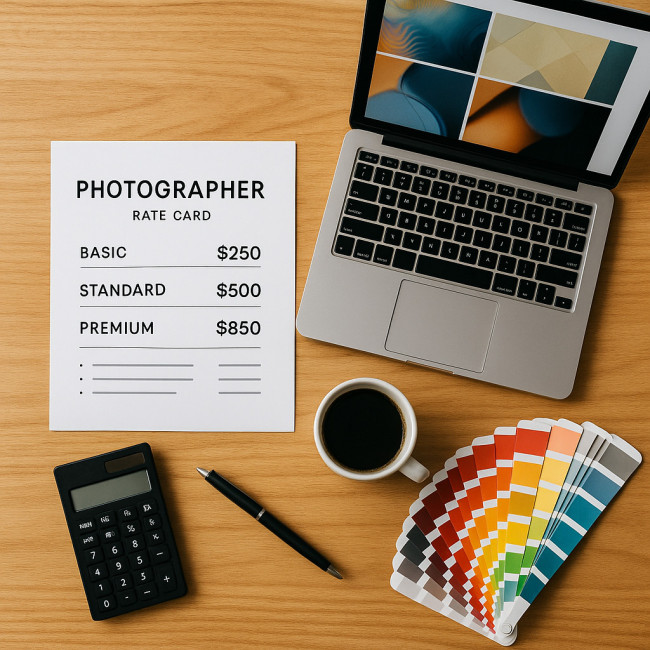
Pricing is half the equation; positioning is the other. Refresh your gallery with edition data, license tiers and proof of performance. If you also shoot textured close-ups or architectural abstracts, explore cross-selling opportunities with design buyers who value surface detail and pattern rights—a strategy echoed in surface pattern licensing benchmarks.
Ready to put this framework to work? Audit your current license terms, update your rate card and start quoting with confidence. Your abstract art deserves it—and so do you.

